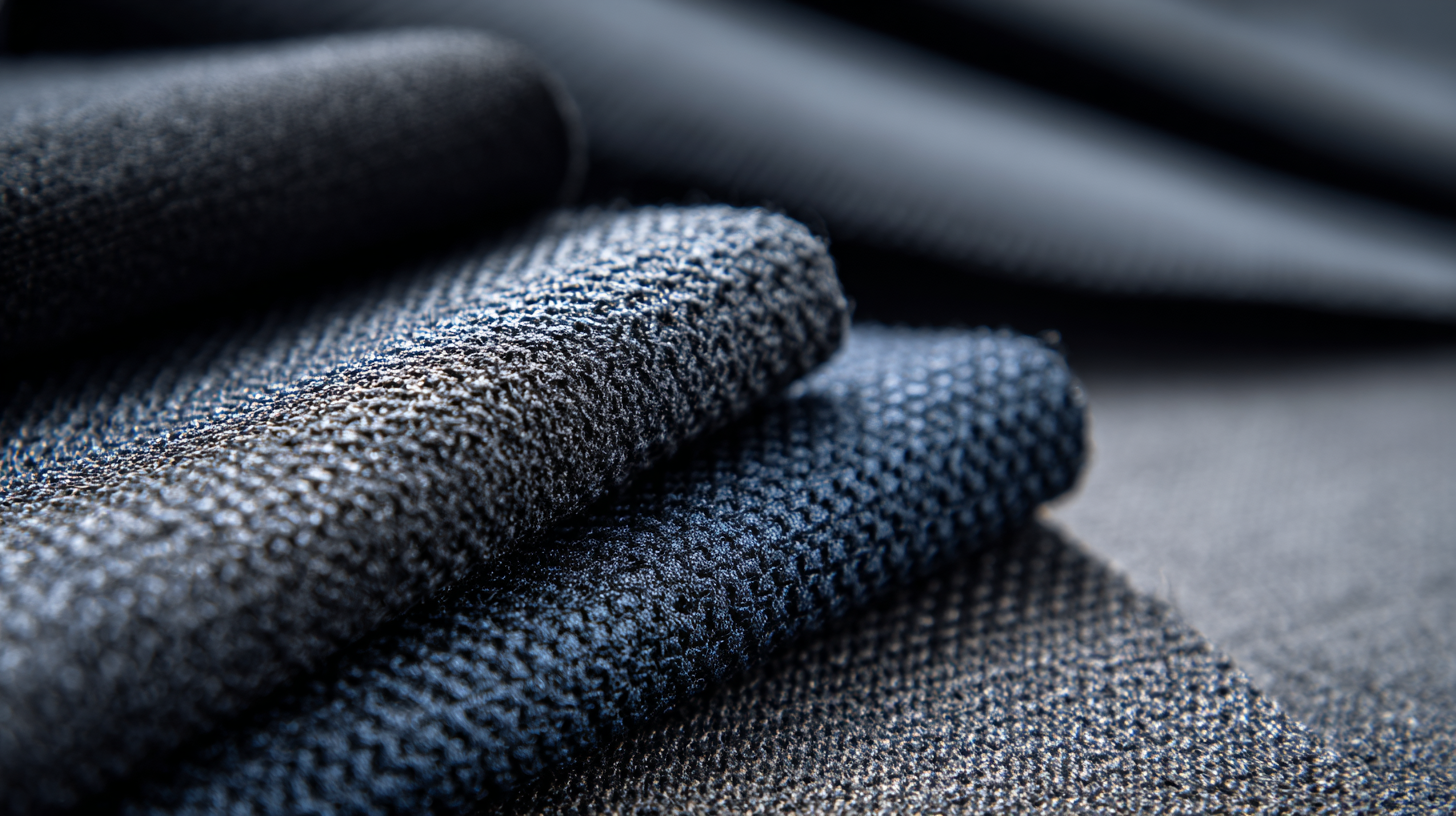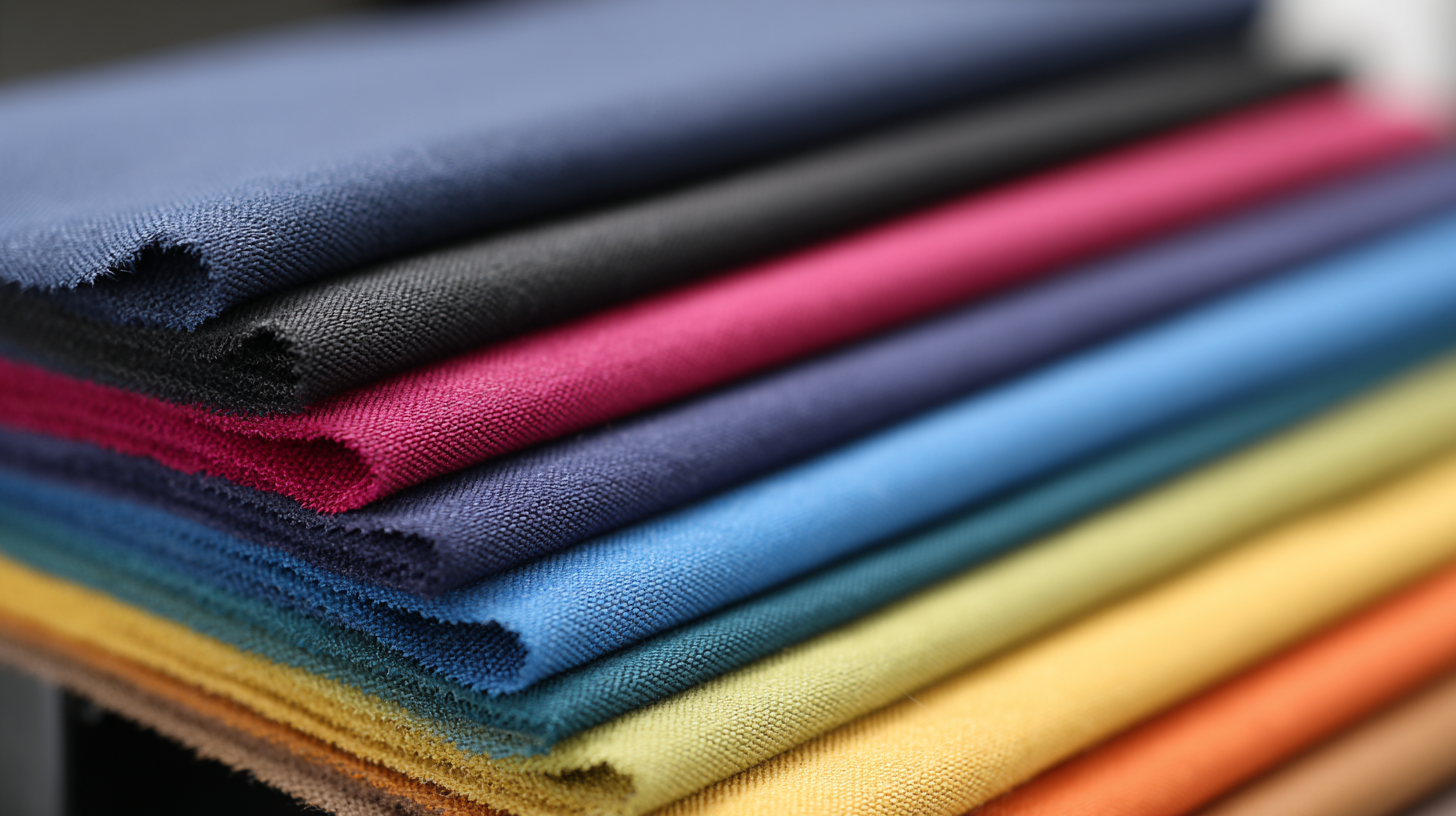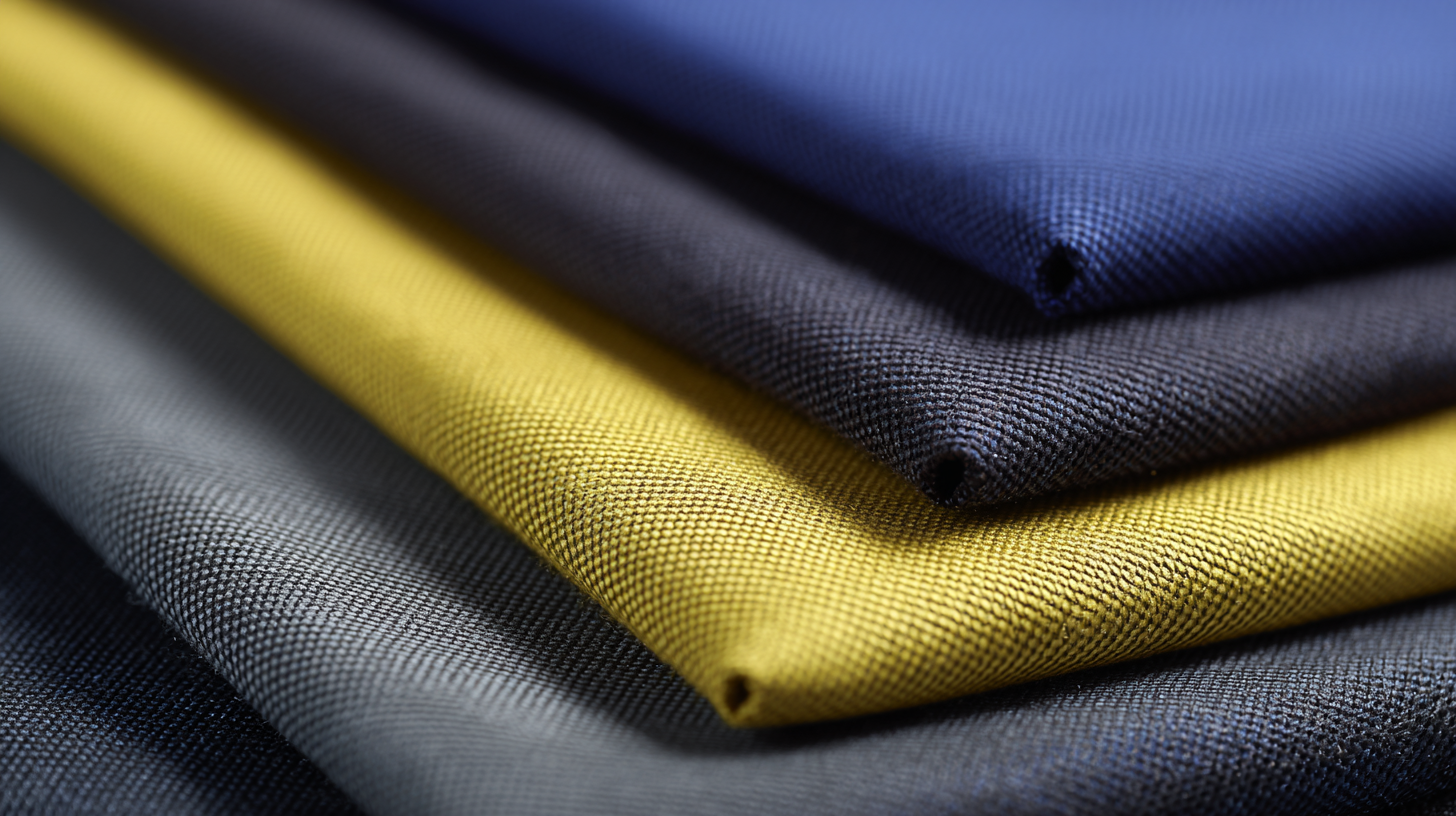In recent years, the demand for stretch fabric has soared, driven by the increasing popularity of athleisure and activewear, projected to reach a market value of USD 350 billion by 2025 according to a report by Grand View Research. This shift highlights the importance of high-quality stretch fabric as a key component in modern apparel, bridging the gap between performance and comfort. As a global leader in textile manufacturing, China is poised to champion excellence in stretch fabric production, adhering to international standards that ensure durability, elasticity, and eco-friendliness. Understanding the intricacies of how to innovate and maintain quality in stretch fabric is essential for brands aiming to thrive in this competitive landscape, where consumer preferences are ever-evolving. In this blog, we will explore best practices and strategies to harness the potential of stretch fabric, ultimately fostering a new standard of excellence in the industry.

The evolution of stretch fabric manufacturing in China has been remarkable, placing the nation at the forefront of the global textile industry. Since the establishment of key players in the sector, such as Advance Denim in 1987, China's production capabilities have undergone a significant transformation. Innovations in fabric technology have driven the capacity to produce stretch fabrics that not only meet domestic demands but also adhere to stringent global standards. According to industry reports, the stretch fabric market is expected to grow at a CAGR of over 5% from 2023 to 2030, highlighting the increasing consumer preference for versatile and comfortable textiles.
Moreover, advancements in manufacturing processes have enabled Chinese mills to enhance efficiency and sustainability. With a focus on eco-friendly materials and practices, these manufacturers are not just catering to traditional markets but are also embracing the shift towards sustainable fashion. Reports indicate that the demand for environmentally responsible fabrics has surged, with a projected market value of approximately $3.5 billion by the end of the decade. This evolution, characterized by a blend of innovation and sustainability, showcases China’s commitment to leading the global stretch fabric sector.

When it comes to stretch fabric production, adhering to global quality standards is paramount. Manufacturers, especially in China, have increasingly focused on meeting and exceeding these standards to compete on an international scale. These standards encompass various aspects of production, from raw material selection to final product testing, ensuring that the fabrics are not only durable but also safe and environmentally friendly. By aligning with global certifications, Chinese manufacturers are enhancing their reputation in the global market, appealing to consumers who prioritize quality and sustainability.
Understanding the intricacies of these global quality standards is crucial for both producers and consumers. For manufacturers, compliance involves rigorous testing processes that evaluate fabric elasticity, strength, and performance under different conditions. For consumers, awareness of these standards fosters informed purchasing decisions, allowing them to discern high-quality stretch fabrics that meet their needs. Moreover, as the fashion and textile industries continue to evolve, maintaining these standards will be essential in delivering innovative and resilient products that resonate with consumers worldwide.
The stretch fabric industry has witnessed significant advancements, driven by a relentless pursuit of innovation in design and technology. According to the "Global Stretch Fabric Market Report 2021," the market is projected to reach $18 billion by 2025, highlighting the growing demand for high-performance textiles. Innovations such as advanced yarn technology and digital printing techniques are transforming how stretch fabrics are produced, resulting in improved elasticity, durability, and comfort. These enhancements not only meet consumer expectations for high-quality apparel but also support brands in creating eco-friendly products.
Furthermore, companies are increasingly leveraging smart textile technologies to incorporate features such as moisture-wicking and temperature regulation into their stretch fabrics. A report by Allied Market Research indicates that the global smart textile market is expected to reach $5.2 billion by 2025, showcasing a robust growth rate of 26% annually. This integration of technology into fabric design not only elevates the functional aspects of stretch materials but also opens new avenues for innovation in sportswear, athleisure, and medical applications.
As manufacturers from China continue to champion these advancements, they are setting global standards that will likely influence the trajectory of the stretch fabric market for years to come.
The stretch fabric industry in China is increasingly focusing on sustainable practices to align with global standards. Recent reports indicate that China's textile sector has adopted eco-friendly processes, resulting in a 30% reduction in water consumption and a significant decrease in carbon emissions. According to the China National Textile and Apparel Council, the implementation of sustainable materials, such as recycled polyester and organic cotton, is projected to grow by 25% over the next five years.
Tips for consumers looking to make sustainable choices include looking for certifications like GOTS (Global Organic Textile Standard) and Oeko-Tex, which ensure the fabrics meet environmental criteria. Additionally, supporting brands that prioritize transparency in their supply chains can drive the industry towards more eco-friendly practices.
Furthermore, the rise of innovative technologies such as waterless dyeing processes and digital printing methods has significantly minimized waste. A recent industry study revealed that these technologies can reduce waste by up to 50%, making them a vital component in the quest for sustainability. By choosing stretch fabrics produced through these advanced methods, consumers can contribute to a more sustainable future while enjoying high-quality products.
| Dimension | Data |
|---|---|
| Total Production Capacity | 1,500,000 tons/year |
| Percentage of Eco-Friendly Materials Used | 65% |
| Water Recycling Rate | 80% |
| Reduction in Energy Consumption | 30% over last 5 years |
| Carbon Emissions Reduction | 20% since 2020 |
| Certification Standards Met | OEKO-TEX, GOTS, ISO 14001 |
| Employee Training on Sustainability | 100% of workforce trained annually |
China has established itself as a dominant player in the global stretch fabric market, revolutionizing the textile industry with its innovative approaches and high-quality production standards. With a rich history in textile manufacturing, China has increasingly focused on enhancing its stretch fabric exports, which are in high demand due to their versatility and comfort. This shift is indicative of China's commitment to boosting global trade by not only meeting but exceeding international standards.
Through advanced technology and sustainable practices, Chinese manufacturers have been able to produce a wide range of stretch fabrics that cater to various industries, from fashion to sportswear. The emphasis on quality and performance has positioned China as a go-to source for businesses looking to source competitive textile solutions. As global fashion trends evolve, China's responsiveness to market needs strengthens its role in the international arena, ensuring that it remains a key player in the global trade landscape of stretch fabrics.

